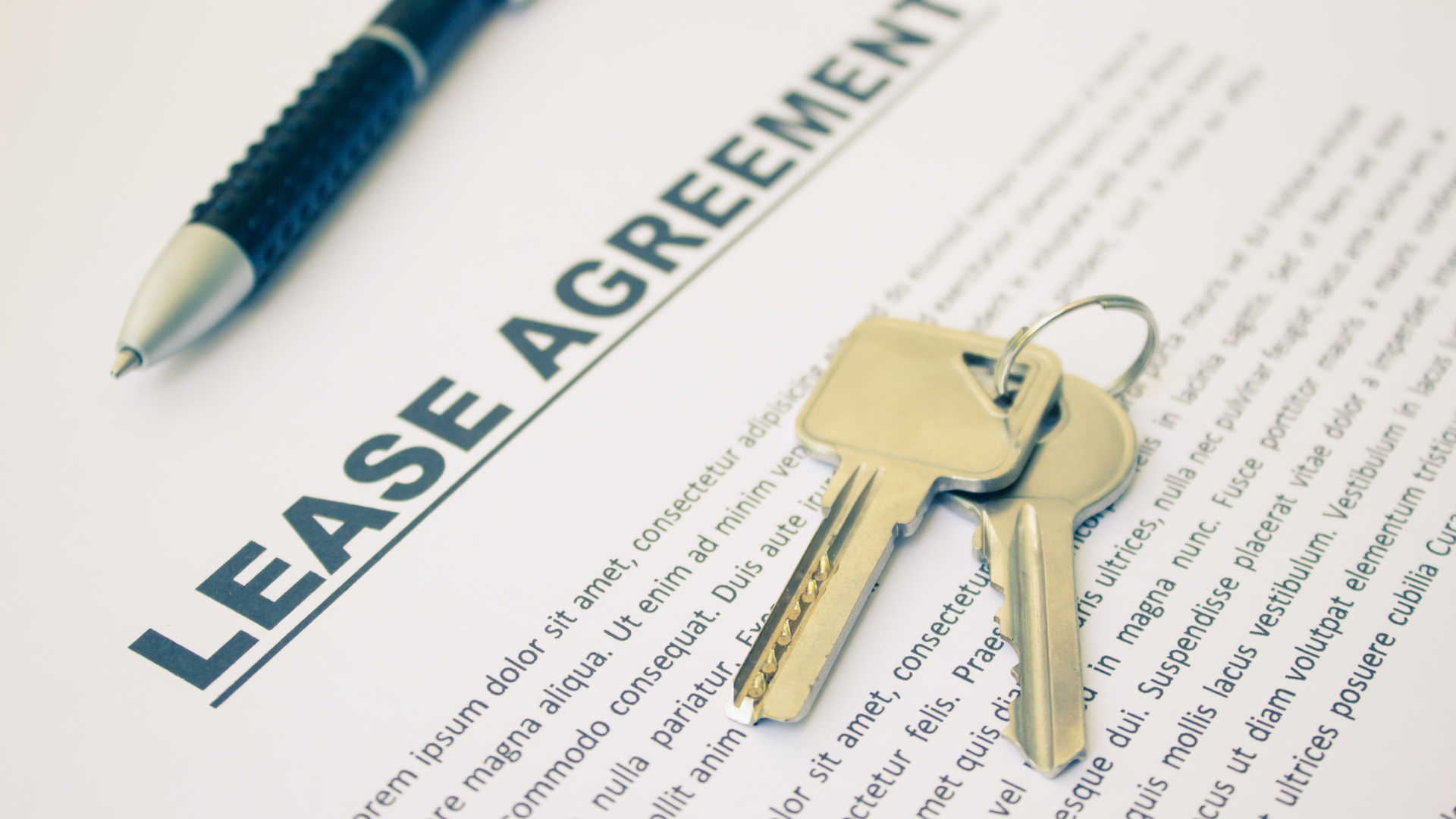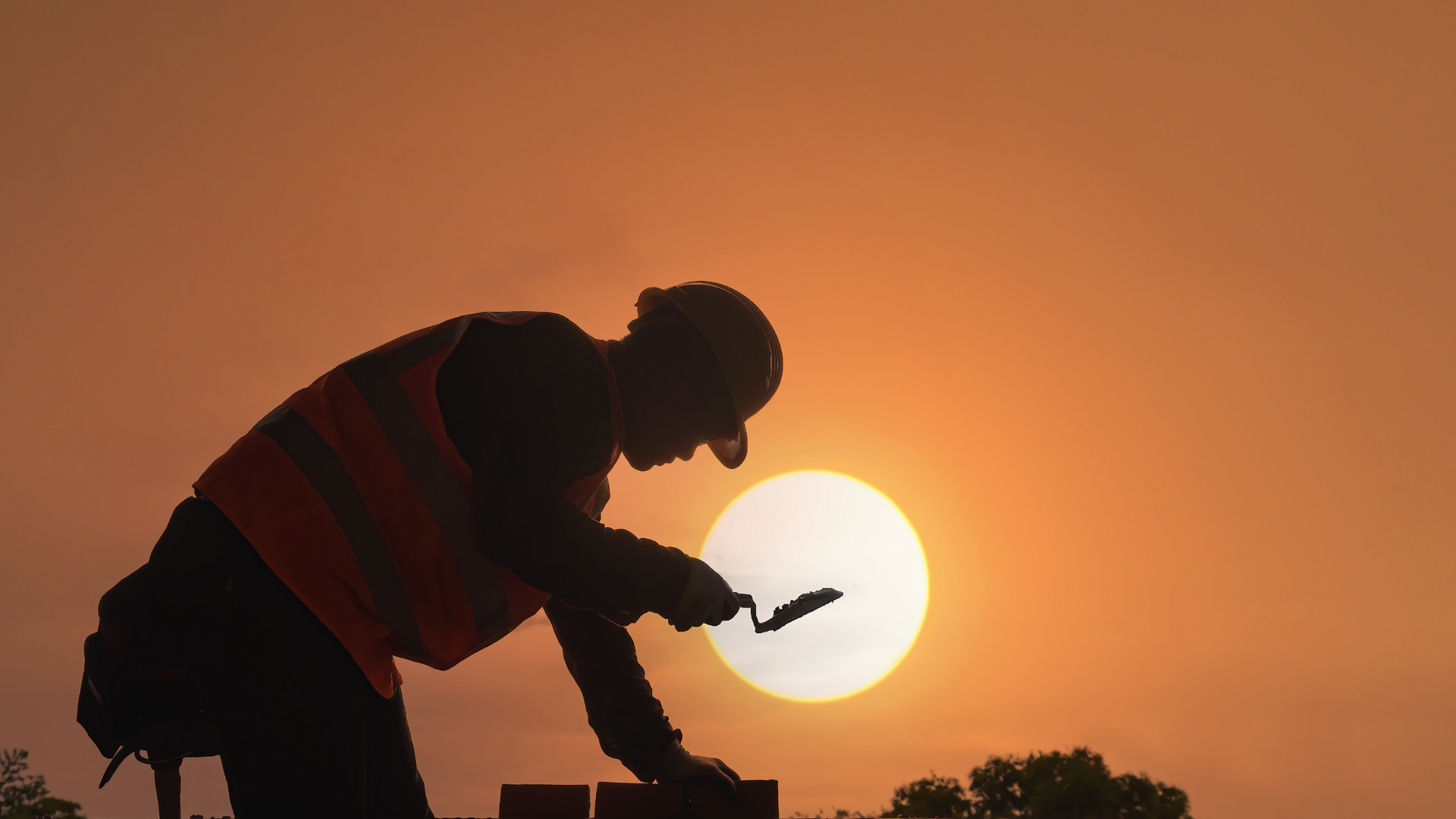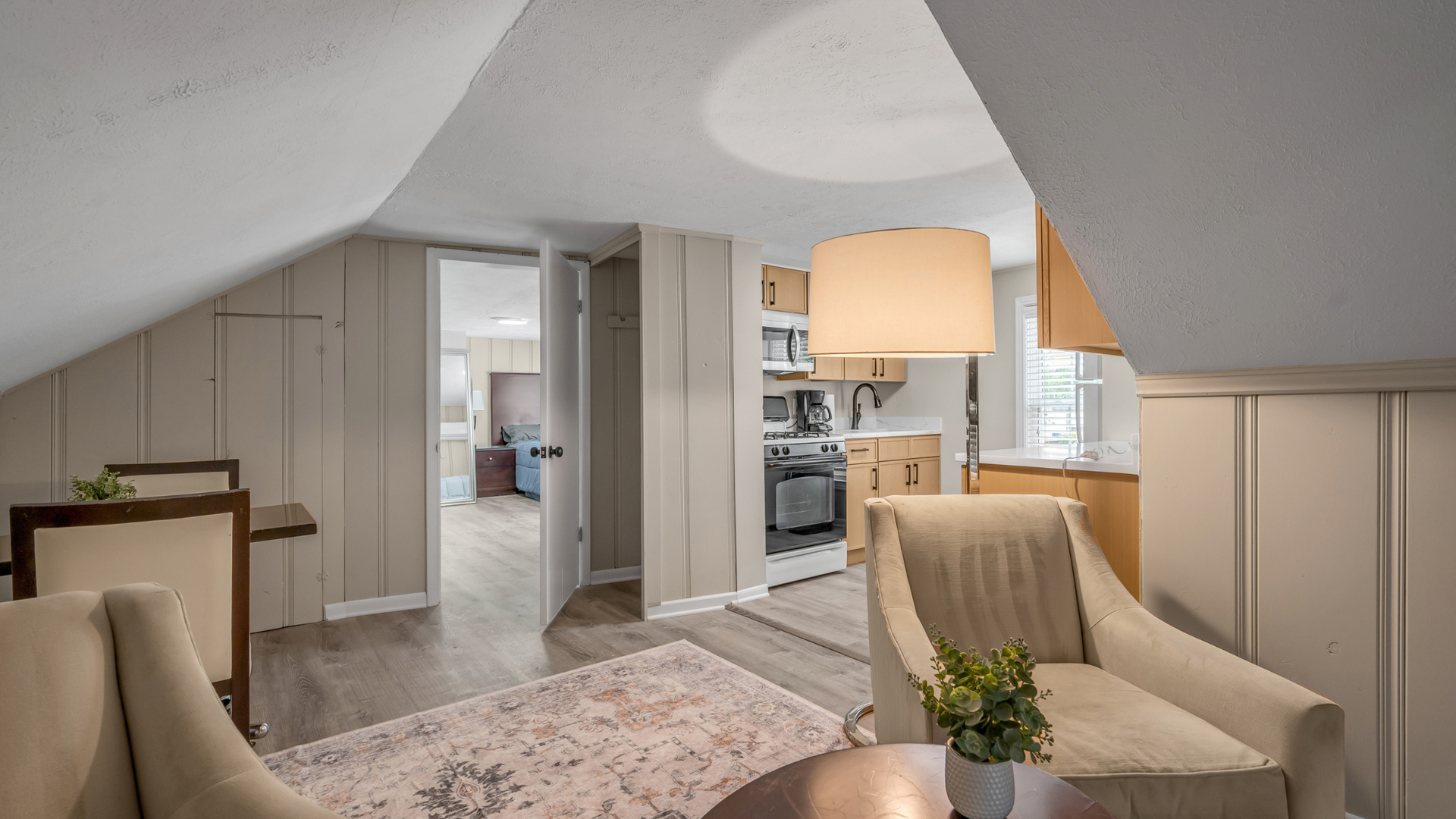Crew Housing Horror Stories You Can Avoid
If you run projects with traveling teams, you have seen how fast “a place to sleep” can become a risk multiplier. The difference between reliable construction worker accommodation and last‑minute improvisation shows up in overtime, missed milestones, and attrition. This article zeros in on real issues crews encountered in the past year, what caused the mess, and how to prevent a repeat on your job.
Horror story 1: The mid‑project booking that vanished
A crew lands on Sunday to start a Monday outage. By dinner, the host has canceled the multi‑week reservation. This is not a hypothetical. Hosts do cancel, and when they do, the penalties are often a fraction of the damage done to a project. Airbnb’s current Host Cancellation Policy outlines percentage‑based penalties, including 50% of the remaining nights if a host cancels within 48 hours of check‑in or after check‑in. Airbnb’s separate Rebooking and Refund Policy explains how guests can request rebooking support within 72 hours of discovering a reservation issue. Policy updates in 2025 also expanded assistance criteria and added a free 24‑hour cancellation window for many short stays. Knowing the platform’s rules matters because the risk distribution between host, platform, and guest changes your contingency planning.
Real guests report being stranded by cancellations or severe property issues, like arriving to find a rental without electricity because a host failed to pay the utility bill. Those anecdotes are not rare, and they align with the broader host discussions about cancellations, re‑listings at higher rates, and ambiguity around who pays when things go wrong. The key takeaway for superintendents and travel leads is simple: a consumer platform is not a contract. Treat it as a risk you must actively mitigate.
Horror story 2: The “affordable” motel with hidden health risks
Crews still end up in properties with pests, poor housekeeping, or chronic maintenance problems. Bed bugs are a particular hazard because they can show up in budget motels and five‑star hotels alike, and recent rankings show several U.S. metros with rising activity in 2025. The CDC notes that bed bugs can be found in any class of lodging, and Orkin’s annual list again places Chicago at the top, with other cities moving up the ranks. That context matters when you are assigning teams to extended‑stay properties in high‑incidence markets.
Front‑line experiences reflect the risk. Travelers and extended‑stay guests warn that minimal housekeeping can let problems escalate. Hosts and hoteliers also describe worst‑case episodes when rooms are packed or poorly supervised. While those posts are anecdotal, they underscore a pattern: when cleaning is infrequent and occupancy is dense, the chance of hygiene issues and damage claims goes up, and your team loses rest to address them. Make inspection and cleaning cadence part of your selection criteria, not an afterthought.
Horror story 3: The “quiet” place next to a jackhammer
Noise and neighborhood conditions derail sleep, trigger cancellations, and create project friction. Hosts themselves advise allowing penalty‑free cancellations when adjacent construction disrupts guests during the day. Guests sometimes request refunds mid‑stay because they feel unsafe due to the surrounding environment, which puts everyone in a gray zone of policies and documentation. Even if you keep the booking, your crew may be sleeping poorly, which translates to field risk.
Safety and performance tie back to rest. OSHA warns that extended or irregular shifts increase fatigue and injury risk, and separate guidance quantifies higher accident rates during evening and night work as fatigue rises. Fatigued driving is especially dangerous for crews commuting to remote sites. The AAA Foundation has long documented the crash risk of short sleep, and national safety organizations continue to connect fatigue to a meaningful share of workplace incidents. The science is clear: poor sleep creates measurable, preventable risk.
Horror story 4: “Close to site” that adds an hour to every shift
Listings that say “near the job” but add 30 to 60 minutes each way are not just an annoyance. Long commutes eat into sleep and compound fatigue, especially in peak season shifts. A 2024 study summarized by Sleep Health’s news coverage found higher insomnia prevalence when long work hours were paired with 2‑hour commutes. That is exactly the combination construction teams face during outages, shutdowns, and accelerated schedules. Fatigue does not only hurt morale. It shows up in safety metrics and schedule slip.
Tack on a 10‑ or 12‑hour shift plus an unexpected commute, and you are now risking drowsy driving on rural two‑lanes before dawn. OSHA’s fatigue guidance, NIOSH’s road safety resources, and AAA crash‑risk data all point in the same direction: plan housing to protect consistent, adequate sleep. The more predictable your rest window, the lower your exposure to incidents, call‑offs, and overtime caused by errors. Housing is a safety control, not just a line item.
Horror story 5: Weekly turns into 30‑day legal headaches
Some companies push for one long monthly booking to secure a better rate. Be careful. In many U.S. jurisdictions, stays of around 30 days can trigger tenant‑like rights, including formal eviction processes, and even platforms flag this for hosts managing monthly stays. That complicates mid‑project moves and replacements if quality drops. Monthly policies also differ from standard cancellation terms, with rules around notice and refundability that surprise teams unless they have read the fine print.
You can still book longer blocks, but you must know whether the property’s rules, local law, and platform policies align with your operational needs. If you go long term, use a vendor that can deliver like‑kind replacements and has documented processes for access, maintenance response, and utility continuity. That avoids horror stories like arriving at a dark house on a 100‑degree day because an owner missed a payment.
Horror story 6: Four adults in a room and a flooded lobby
When budgets get tight, some managers squeeze four workers into a single room. The short‑term “savings” can backfire. Overcrowding raises conflict, increases property damage risk, and destroys sleep. Hotel staff recount incidents where multi‑occupancy led to flooded rooms and costly downtime. Even if nothing breaks, consistently poor sleep and lack of privacy increase turnover risk. If your crew is bouncing between jobs, cramped housing is often the line that tips a valued worker into saying yes to a competitor.
The safety piece is not optional. OSHA and the National Safety Council link fatigue to higher injury rates across industries.
Fewer private rooms and no real downtime equals a higher probability of incidents, rework, and disengagement. “Cheap” can get expensive fast.
How to avoid the horrors
You do not have to build a housing playbook. That’s what Hard Hat Housing exists for. Our role is to remove the scramble so you can protect schedule, cost, and safety. We secure fully furnished, home‑like housing near the job site, with utilities and Wi‑Fi included, private bedrooms, kitchens, laundry, flexible booking options, and scheduled cleaning during longer stays. Our model is designed to be cost‑effective against hotels while improving rest and retention. Most importantly, we focus on crew‑ready properties and lay out expectations up front with owners so your team does not lose days to surprises.
We also think operationally. Before move‑in, we address commute times, vehicle and trailer parking, HOA considerations, and noise disclosures. During the stay, we handle maintenance coordination and make replacements if conditions change. This is how construction worker accommodation becomes a safety and productivity lever rather than a risk.
The scariest housing stories in construction follow a pattern: consumer bookings treated like contracts, “near site” that is not, hidden building issues, and rules that collide with how crews actually live and work. But each risk is avoidable with Hard Hat Housing.
If you are planning mobilization or recovering from a recent housing mess, we can help. Contact Hard Hat Housing to audit your current approach, lock in crew‑ready options near your site, and turn construction worker accommodation into a project advantage.













